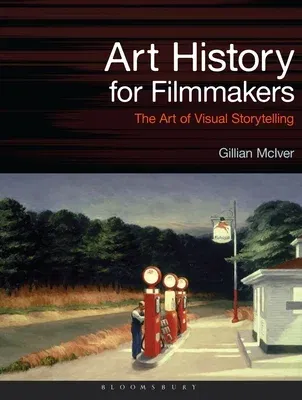Since cinema's earliest days, literary adaptation has provided the
movies with stories; and so we use literary terms like metaphor,
metonymy and synecdoche to describe visual things. But there is another
way of looking at film, and that is through its relationship with the
visual arts - mainly painting, the oldest of the art forms.
Art History for Filmmakers is an inspiring guide to how images from
art can be used by filmmakers to establish period detail, and to teach
composition, color theory and lighting. The book looks at the key
moments in the development of the Western painting, and how these became
part of the Western visual culture from which cinema emerges, before
exploring how paintings can be representative of different genres, such
as horror, sex, violence, realism and fantasy, and how the images in
these paintings connect with cinema.
Insightful case studies explore the links between art and cinema through
the work of seven high-profile filmmakers, including Peter Greenaway,
Peter Webber, Jack Cardiff, Martin Scorsese, Guillermo del Toro, Quentin
Tarantino and Stan Douglas. A range of practical exercises are included
in the text, which can be carried out singly or in small teams.
Featuring stunning full-color images, Art History for Filmmakers
provides budding filmmakers with a practical guide to how images from
art can help to develop their understanding of the visual language of
film.

